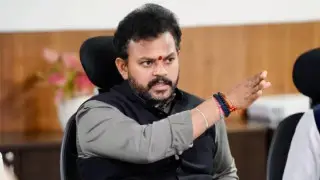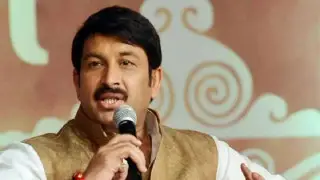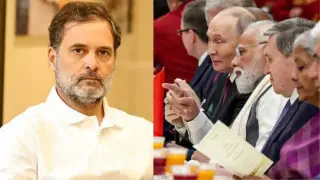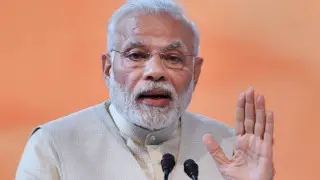
Rajiv Ghai (File)
DGMO’s Role in Ceasefire: How It Shapes India-Pakistan Military Dialogue
The Director General of Military Operations (DGMO) plays a pivotal role in managing India-Pakistan military tensions, exemplified by the ceasefire agreement of May 10, 2025. As senior military officers, DGMOs serve as the primary channel for direct communication, de-escalating conflicts along the Line of Control (LoC). This article explores the DGMO’s responsibilities, their impact on the recent ceasefire, and their broader significance in India-Pakistan relations.
Facilitating the 2025 Ceasefire
The May 10 ceasefire, following India’s Operation Sindoor targeting terror camps, was brokered through DGMO-level talks. Pakistan’s DGMO contacted India’s at 3:35 PM, agreeing to halt all land, air, and sea hostilities. Despite Pakistan’s violations hours later, the DGMOs’ scheduled follow-up talk on May 12 at noon aims to reinforce the agreement. The DGMO’s ability to focus on technical issues like troop movements and artillery fire, free from political pressures, makes them ideal for negotiating such understandings. India’s firm response to violations, as stated by Lt Gen Ghai, underscores the DGMO’s role in maintaining deterrence while pursuing dialogue.
Broader Impact on Bilateral Relations
The DGMO’s hotline and regular talks provide a professional trust mechanism, vital for managing a volatile LoC. By addressing immediate concerns, DGMOs prevent escalations that could lead to broader conflict between nuclear-armed neighbors. However, the ceasefire’s fragility, marked by Pakistan’s breaches, highlights the need for sustained communication. The DGMO’s role ensures India’s anti-terrorism stance is conveyed clearly, shaping a dialogue that balances peace with preparedness.













Copyright © 2025 Top Indian News
